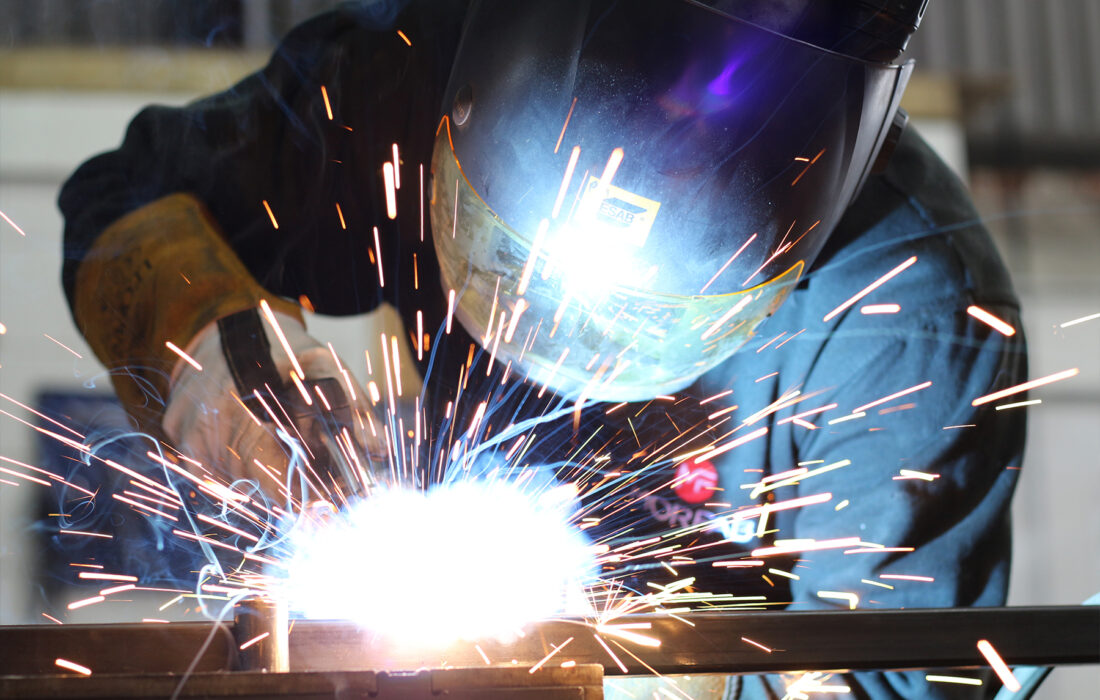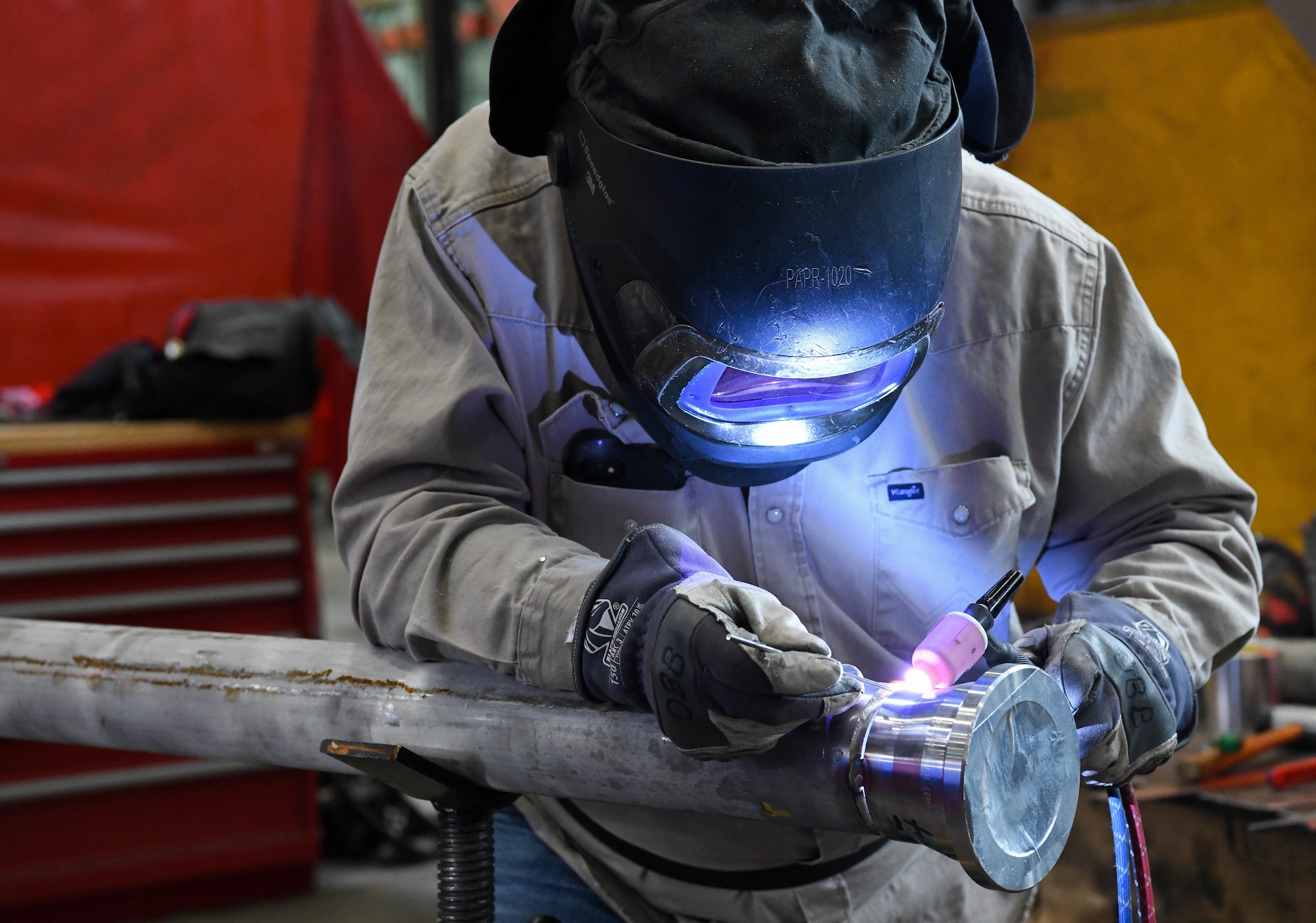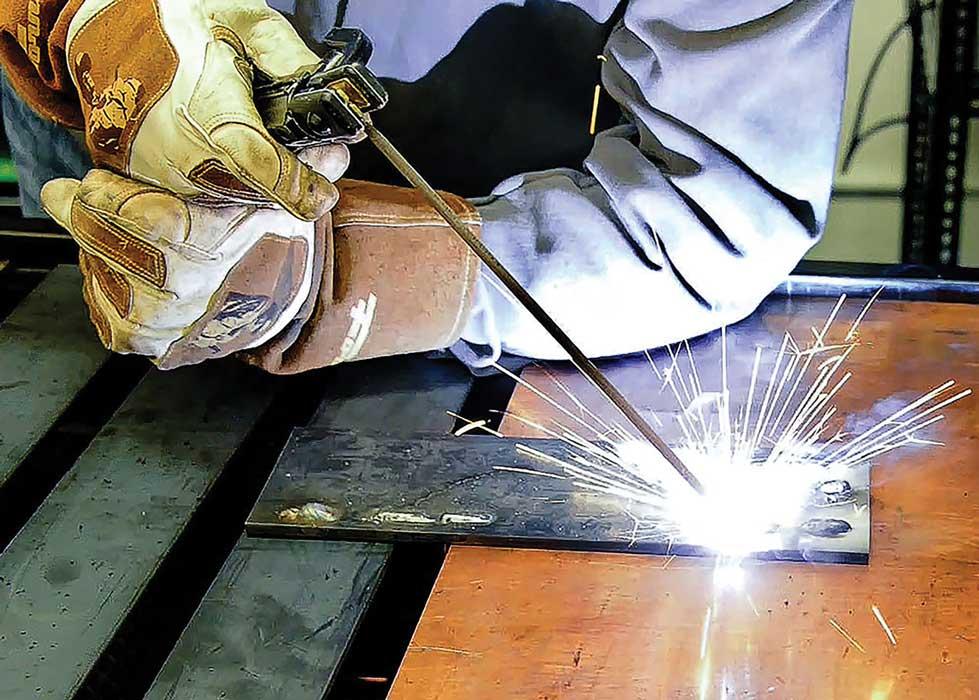Usual Welding Repair Issues and How to Address Them Successfully
Welding fixings typically run into a variety of issues that can endanger the integrity of the end product. Usual problems consist of poor penetration, porosity, and misalignment, amongst others. Each issue offers distinct obstacles that require particular approaches for resolution. Recognizing these problems is necessary for welders intending to boost their abilities and results. This conversation will discover these common welding repair service problems and efficient techniques to resolve them.
Inadequate Penetration
Insufficient infiltration occurs when the weld metal stops working to fully fuse with the base product, causing weak joints and potential architectural failings. This issue often comes from inadequate warm input, wrong electrode angle, or improper welding rate. Welders might come across inadequate penetration due to a miscalculation of the needed criteria for a details material thickness or type. Additionally, contamination on the base material's surface can impede reliable bonding, exacerbating the issue. To resolve poor penetration, welders need to assure ideal setups on their tools and maintain a tidy job surface. Routine assessment of welds is advised to determine any kind of deficiencies early, permitting timely improvements and the avoidance of endangered architectural stability in bonded assemblies.
Porosity
Porosity is an usual flaw in welded joints that manifests as small gas bubbles trapped within the weld metal. This defect can compromise the honesty of the weld, resulting in reduced strength and possible failure under stress. Montana Mobile Welding and Repair Fabrication. Porosity normally emerges from contamination, wetness, or inappropriate welding methods, which permit gases to escape into the liquified weld swimming pool. To resolve porosity, welders must guarantee appropriate surface area preparation, maintain a tidy workplace, and utilize ideal welding criteria. Additionally, selecting the right filler material and protecting gas can mitigate gas entrapment. Normal examination and screening of welds can assist identify porosity early, ensuring prompt restorative actions are taken, therefore preserving the high quality and integrity of the bonded structure
Imbalance
Misalignment in welding can develop from different aspects, including incorrect setup and thermal growth. Comprehending the origin creates is vital for effective resolution. Several modification techniques are available to realign components and assure structural integrity.
Root causes of Imbalance
Welding misalignment commonly stems from a range of underlying issues that can compromise structural honesty. One primary reason is incorrect fit-up of components prior to welding, which can cause spaces and irregular surfaces. Variants in thermal development throughout the welding process can additionally result in distortion, especially if the products being signed up with have various coefficients of development. Furthermore, inadequate fixturing and securing may stop working to hold parts securely in position, resulting in motion throughout welding. Poorly kept equipment, including welding machines and tools, might present inconsistencies in the weld bead, additional adding to misalignment. Driver mistake, stemming from inadequate training or experience, can also play a substantial function in creating misaligned welds.

Improvement Techniques Readily Available
Addressing imbalance effectively requires a combination of rehabilitative techniques customized to the particular concerns available. One common method is using fixtures or jigs to hold components in the proper position throughout welding, making sure constant positioning. In addition, preheating the products can help in reducing distortion and improve fit-up. For substantial misalignment, mechanical adjustment methods, such as utilizing hydraulic jacks or clamps, can be used to fix the placement prior to welding. Post-weld warm therapy might additionally be required to relieve anxieties triggered by misalignment. Ultimately, careful evaluation and adjustment during the configuration stage can stop imbalance concerns from ending up being considerable issues, promoting a smoother welding procedure and enhancing total structural stability.
Distortion
Distortion is a common obstacle in welding that can arise from different variables, including unequal cooling and heating. Understanding the root causes of distortion is crucial for implementing efficient prevention techniques. Resolving this issue not only improves architectural honesty yet additionally improves the overall quality of the weld.
Reasons for Distortion
When subjected to the intense warmth of welding, products usually undertake modifications that can lead to distortion. This phenomenon mostly arises from thermal expansion and contraction throughout the welding procedure. As the weld location heats up, the material broadens; upon cooling, it acquires, which can develop interior stresses. On top of that, uneven home heating throughout a workpiece can aggravate these anxieties, causing warping or bending. The kind of material likewise plays a significant duty; steels with differing thermal conductivity and coefficients of growth might respond in a different way, causing unforeseeable distortions. Additionally, inadequate joint style and poor fixturing can contribute to imbalance during welding, raising the possibility of distortion. Understanding these causes is necessary for reliable welding fixing and avoidance techniques.
Prevention Techniques
Efficient prevention strategies for distortion during welding emphasis on managing heat input and making certain proper joint layout. Maintaining a consistent warm input assists to lessen thermal expansion and tightening, which can result in distortion. Utilizing strategies such as pre-heating the work surface can likewise lower the my latest blog post temperature gradient, promoting uniform navigate to these guys home heating. Additionally, selecting ideal joint styles, such as T-joints or lap joints, can improve stability and reduce stress and anxiety focus. Implementing appropriate fixturing to protect the work surfaces in position further help in keeping alignment during the welding process. Staggered welding series can distribute warm extra uniformly, avoiding localized distortion. By applying these techniques, welders can considerably decrease the probability of distortion and enhance the total high quality of their welds.
Fracturing
Cracking is an usual issue come across in welding repair work, often resulting from different aspects such as incorrect cooling prices, material selection, or poor joint prep work. The event of cracks can considerably jeopardize the integrity of the weld, resulting in prospective failings throughout operation. To address this concern, welders have to first assess the origin causes, ensuring that materials work and appropriately chosen for the details application. Furthermore, controlling the cooling rate throughout the welding process is crucial; fast cooling can generate stress and lead to fracturing. Correct joint layout and prep work additionally add to lessening the danger. Executing these approaches can boost weld high quality and toughness, inevitably decreasing the probability of fracturing in ended up weldments.

Incomplete Blend
A considerable concern in welding fixings is incomplete fusion, which happens when the weld steel does not adequately bond with the base product or previous weld passes - Montana Mobile Welding and Repair Fabrication. This issue can cause weaknesses in the joint, potentially endangering the stability of the bonded structure. Variables adding to incomplete fusion include not enough warmth input, inappropriate welding technique, and contamination of the surface areas being joined. To resolve this problem effectively, welders need to ensure appropriate pre-weld cleansing and surface preparation, in addition to adjust their welding specifications to achieve ample penetration and blend. Regular evaluation continue reading this throughout the welding process can likewise assist identify incomplete fusion early, enabling for prompt corrective measures to enhance the total high quality of the weld
Overheating
While welding repairs can improve architectural stability, overheating offers a substantial challenge that can result in material destruction. Too much heat during welding can change the mechanical residential or commercial properties of metals, resulting in minimized strength, raised brittleness, and warping. This phenomenon is especially crucial in high-stress applications where structural reliability is critical. Identifying overheating can include aesthetic inspections for discoloration or distortion, as well as checking temperature level throughout the welding procedure. To minimize the dangers connected with overheating, welders should utilize proper methods, such as controlling warm input, changing travel speed, and using appropriate filler products. Additionally, carrying out pre- and post-weld warm therapies can help bring back material properties and enhance the overall top quality of the repair work, guaranteeing lasting performance and safety and security.
Frequently Asked Questions
What Are the Common Signs of a Welding Defect?

How Can I Examine My Welds for Quality?
To evaluate welds for top quality, one can use visual inspections, ultrasonic screening, and radiographic techniques. Each strategy guarantees architectural honesty, recognizes flaws, and verifies adherence to specified standards, eventually enhancing the integrity of the welded joints.
What Security Preventative Measures Should I Take While Welding?
When welding, one should prioritize security by wearing appropriate individual protective devices, ensuring proper ventilation, securing flammable products away, keeping a tidy office, and being aware of surroundings to prevent crashes and injuries.
Can I Repair a Weld Without Remodeling the Entire Joint?
Repairing a weld without remodeling the entire joint is feasible, depending upon the damages (Montana Mobile Welding and Repair Belgrade). Strategies such as grinding, adding filler material, or making use of a welding process can successfully address specific imperfections while maintaining the surrounding framework
What Tools Are Necessary for Efficient Welding Repairs?
Essential tools for reliable welding repairs include a welding equipment, wire brush, grinder, safety gear, clamps, and filler materials. Each device plays a crucial role in making certain high quality and safety during the repair process. Porosity generally occurs from contamination, wetness, or improper welding methods, which permit gases to escape into the liquified weld swimming pool. Improperly conserved equipment, consisting of welding devices and devices, may introduce inconsistencies in the weld grain, additional contributing to misalignment. When subjected to the extreme warm of welding, materials typically go through changes that can lead to distortion. Splitting is a typical concern encountered in welding repair work, frequently resulting from different aspects such as inappropriate air conditioning prices, product selection, or insufficient joint preparation. A substantial concern in welding fixings is incomplete combination, which occurs when the weld steel does not effectively bond with the base product or previous weld passes.